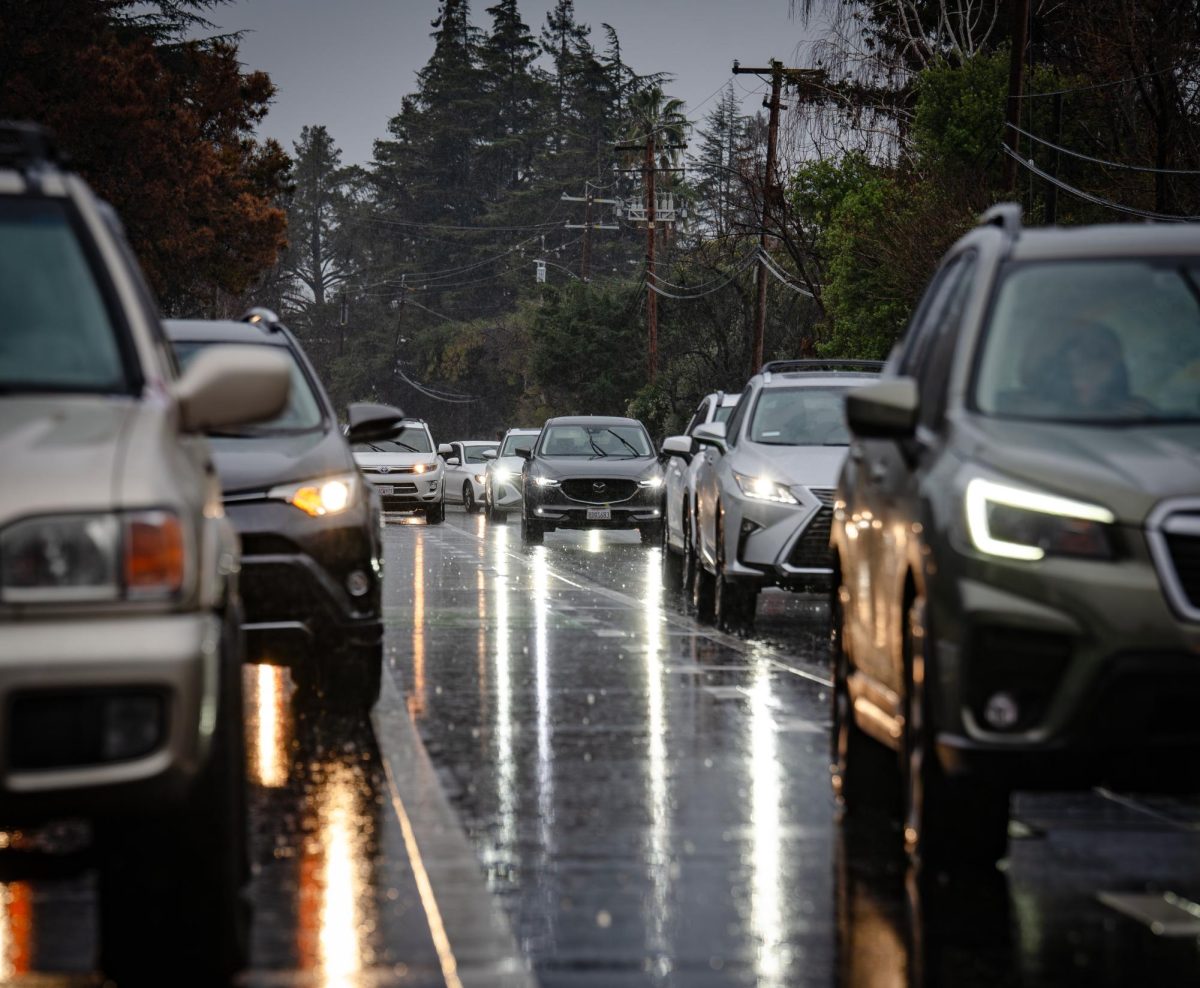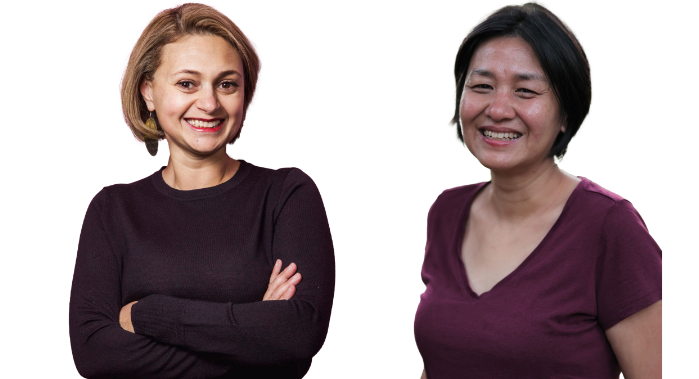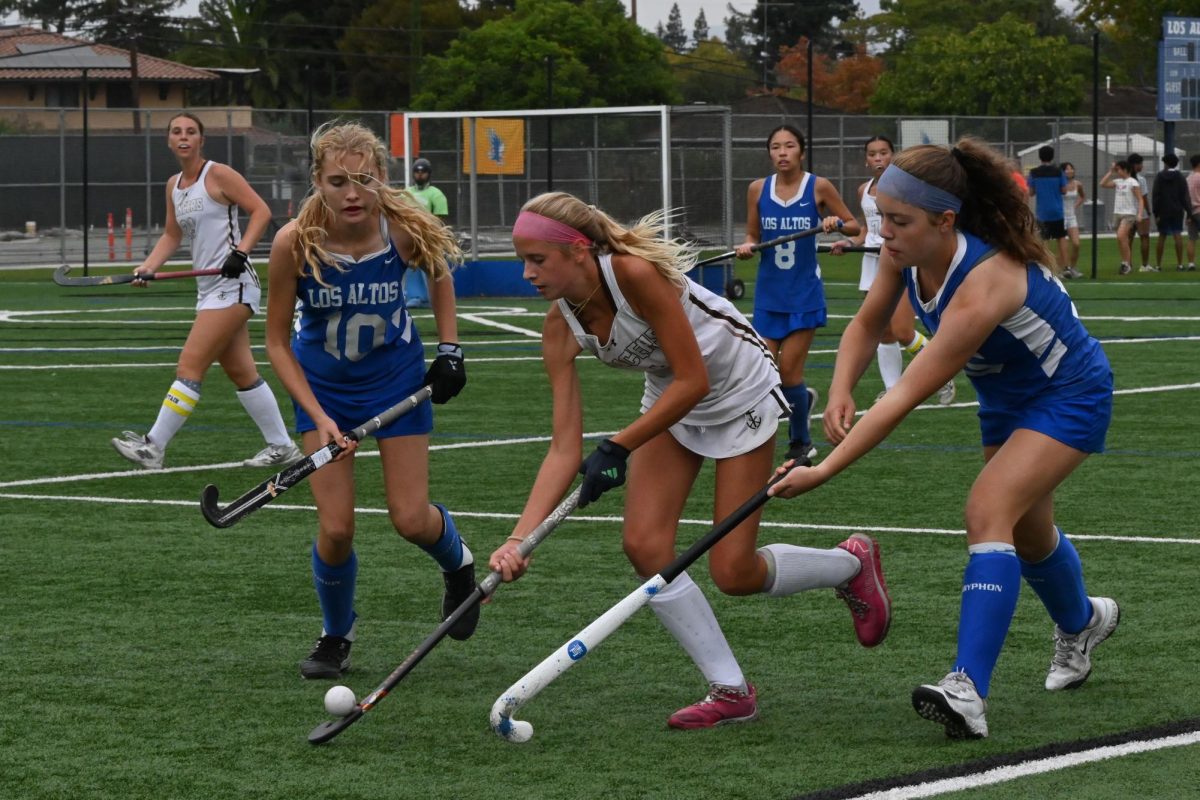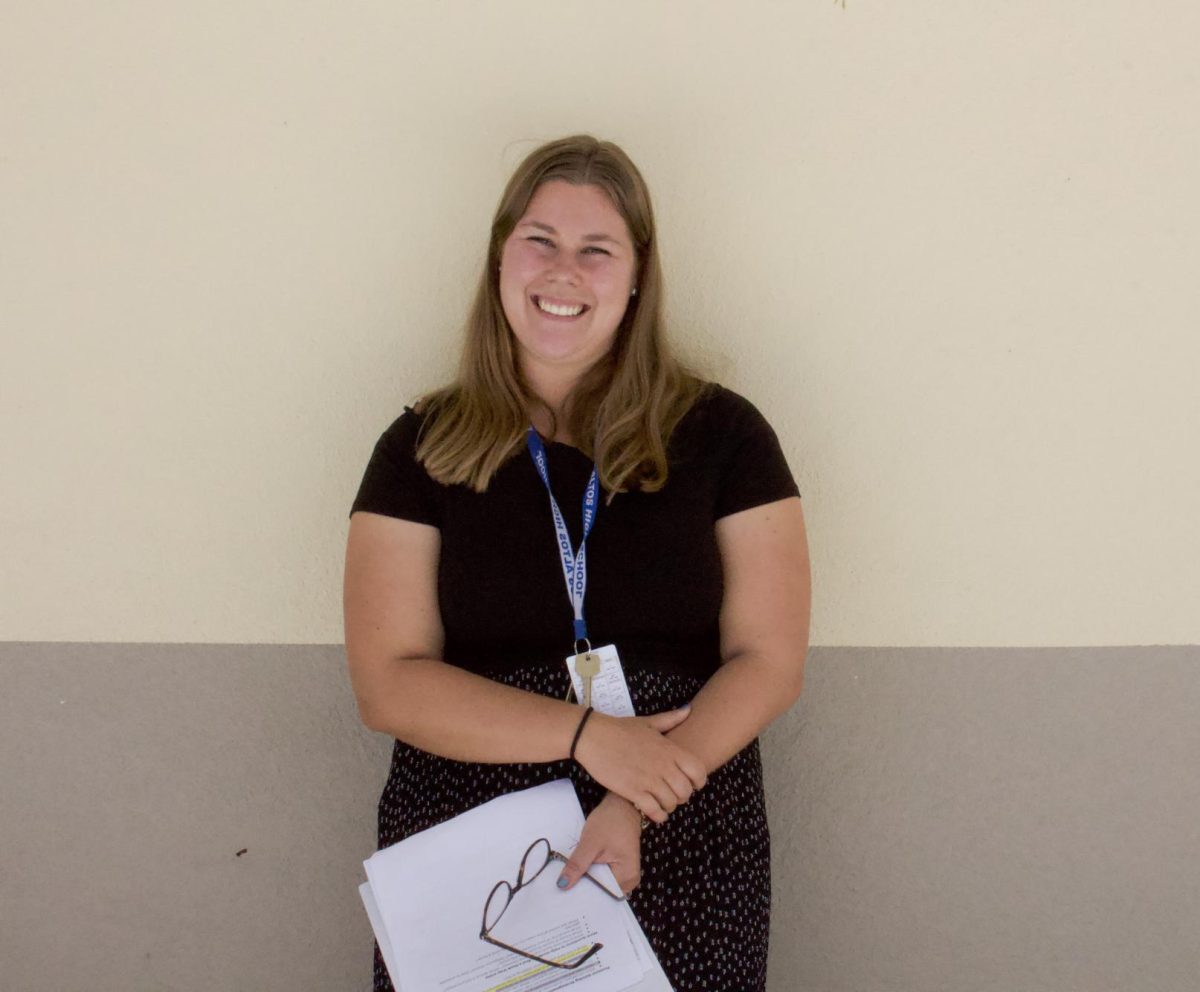The 2025–26 school year has been one of The Talon’s most productive and impactful years of coverage in recent history, from our in-depths bringing underrecognized issues and communities to light to us publishing our first May News Magazine in two years. As we conducted our semesterly diversity audit this spring, we saw improvement in all categories in better representing diverse groups and identities within our coverage. Still, we recognize there’s significant room for growth — whether it’s amplifying underclassmen voices in our stories or creating concrete action steps to maintain and improve the racial diversity of our sources. Ultimately, our goal is to make The Talon not just the voice of our staff, but of you all — our LAHS community.
Breakdown by Race
For the first time in our diversity audit history, The Talon’s sources included a greater percentage of Black voices than the Black student population at LAHS — 5 percent versus 0.85 percent. This shift was largely thanks to our Black Student Union in-depth, which focused on the history of LAHS’s BSU, from its founding to adviser changes to student involvement today.
Our BSU in-depth was part of a series of intentional additions to our coverage this year to broaden source diversity — historically, Black and Hispanic/Latino students have always been underrepresented in our stories. Last semester, only 1.4 percent of our sources were Black, increasing more than threefold to 5 percent this semester and marking the largest jump in proportional racial representation to date.
Similarly, our Hispanic/Latino source distribution rose from 8.4 percent to 21.1 percent this semester — not only is this the highest it’s ever been, but it’s also closer than ever to the LAHS student body’s proportion of 27.4 percent. This is in part thanks to our English Language Development in-depth, also part of the aforementioned additions to coverage. This investigation focused on the experiences of the primarily Spanish-speaking and Latino community of ELD students (also translated to Spanish), from their daily struggles of not speaking English at school to issues beyond academics, such as home life and financial hardships.
Additional projects featuring underrepresented minority voices include interview transcripts from LAHS students with undocumented family members, a feature on Black activism group Justice Vanguard, profiles on each of LAHS’ custodial staff, and more.
As we look towards next fall, we aim to continue intentional coverage of historically marginalized voices not only in in-depths and features, but also through regular news, arts and culture, and sports coverage of those communities in every print cycle, whether tabloid or magazine.
Breakdown by Gender
Gender representation among our sources this spring was also much more balanced than in previous semesters, with 43.5 percent of sources being male, 55 percent female, and 1.4 percent non-binary. Not only is this relatively close to the 49.2, 49.80, and 1 percent distribution at LAHS, respectively, but it’s also a great improvement from last fall in particular, where only 34.4 percent of our sources were male and 63 percent were female. However, this spring’s gender breakdown still leans slightly female, which is likely a reflection of our predominantly female staff, at 81.5 percent.
Planning forward, we’ll push our writers to be aware of the gender identities of their sources, and the internal biases that come with our majority-female staff.
Breakdown by Grade Level
Our student sources’ grade distribution mirrors that of past years, with seniors comprising more than half of all sources and underclassmen — freshmen and sophomores combined — representing less than one-quarter. This results from many inherent parts of our school culture. Upperclassmen typically occupy leadership positions, whether in ASB, SCL, clubs, sports, or other on-campus organizations. LAHS also hosts many majority-senior activities and events that The Talon covers, such as graduation and prom.
Specifically, we can trace this spike in senior sources to our June Senior Magazine — a magazine dedicated to featuring the activities and highlights of the graduating class. With senior-specific features such as on post-grad plans, seniors considering politics in college, and our commencement speaker, we intentionally gave a stronger voice to the class of 2025. This isn’t necessarily a bad thing, as every senior class will have their turn in the magazine — but it’s something we remain aware of when considering how our coverage actually represents the views and involvement of our student body.
Another source of our low percentage of underclassmen is The Talon’s staff composition: A hefty 82 percent of upperclassmen and 19 percent of sophomores — and no freshmen. Since we often find source contacts from classmates, friends, friends of friends, and other students in our smaller communities, our staff’s grade levels naturally affect our sources’ grade distribution too — another point that we’ll continue maintaining awareness over to ensure it doesn’t affect our scope of reporting.
In addition, our second semester diversity audits tend to be more grade-diverse since that’s also when Journalism One students are integrated into The Talon’s reporting cycle. However, this year, that wasn’t the case, which didn’t give us the advantage we typically get every spring. Despite some Journalism One students publishing articles on our website near the end of this school year, we also did not have time to introduce our diversity audit system, so their articles’ sources have been omitted from our data, regardless. Even with this added barrier, The Talon will continue strengthening our relationship with Journalism One students throughout the next school year to give a voice to a broader student pool, the basis of our ultimate goal — being the voice of LAHS.We recognize that many of our promises are intangible: Working to maintain or increase awareness is easier said than done. But the existence of this diversity audit is to hold The Talon accountable and track the progress of our in-class goals for adjustments. Whether expanding our beat system or making reminders during article brainstorming, we actively push ourselves to seek stories that are interesting and newsworthy. Every part of campus deserves to be seen — especially the parts beneath the surface.













